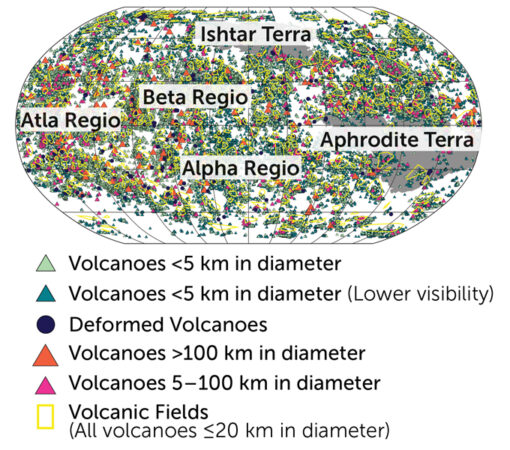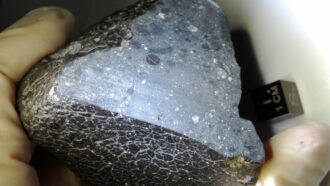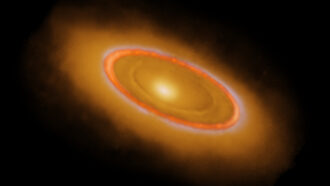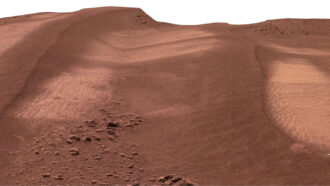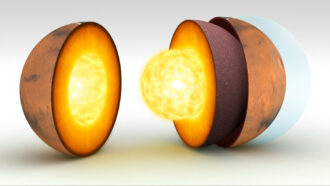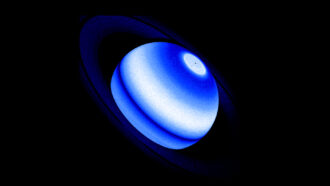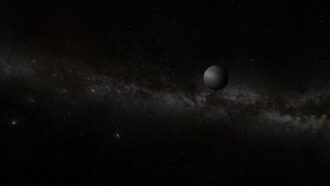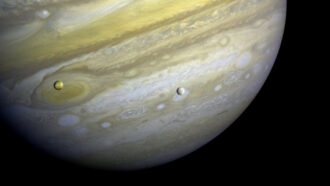Venus has almost 50 times as many volcanoes as previously thought
A new map boosts the count of fiery formations to about 85,000
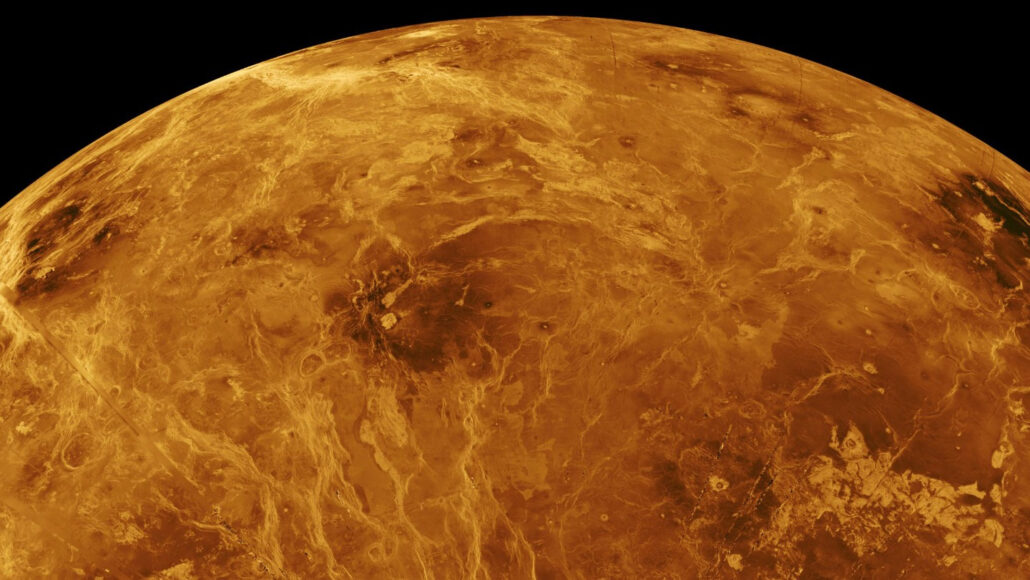
Scientists recently discovered that Venus is volcanically active. Now, a new map of the planet does not so much answer the question “Where are there volcanoes on Venus?” as “Where are there not volcanoes on Venus?”
JPL-Caltech/NASA
